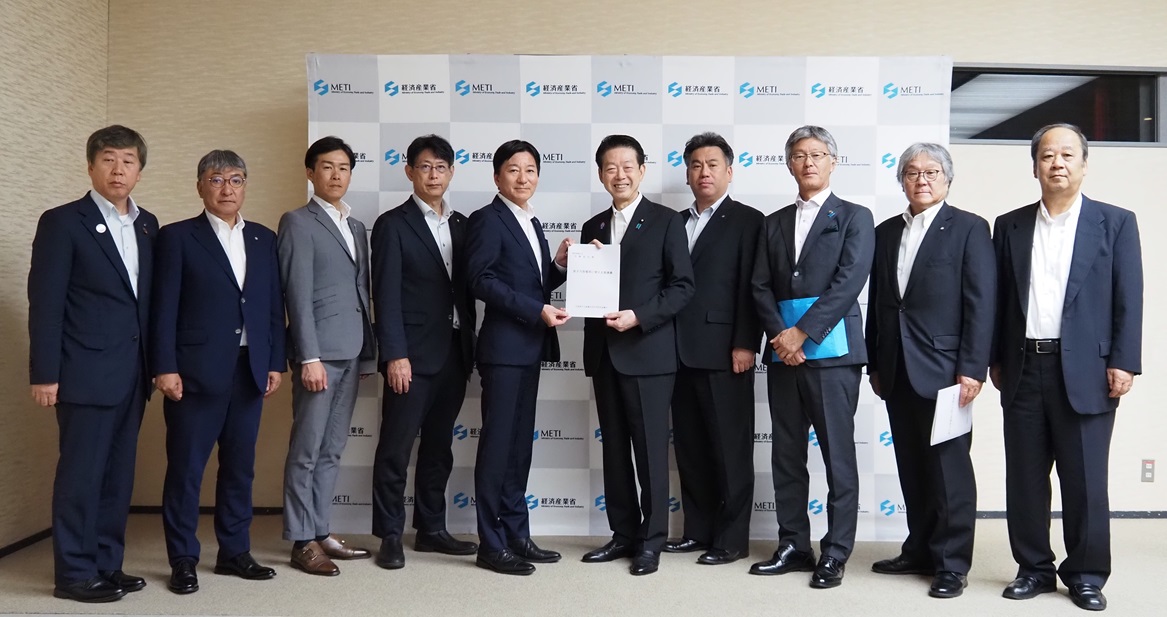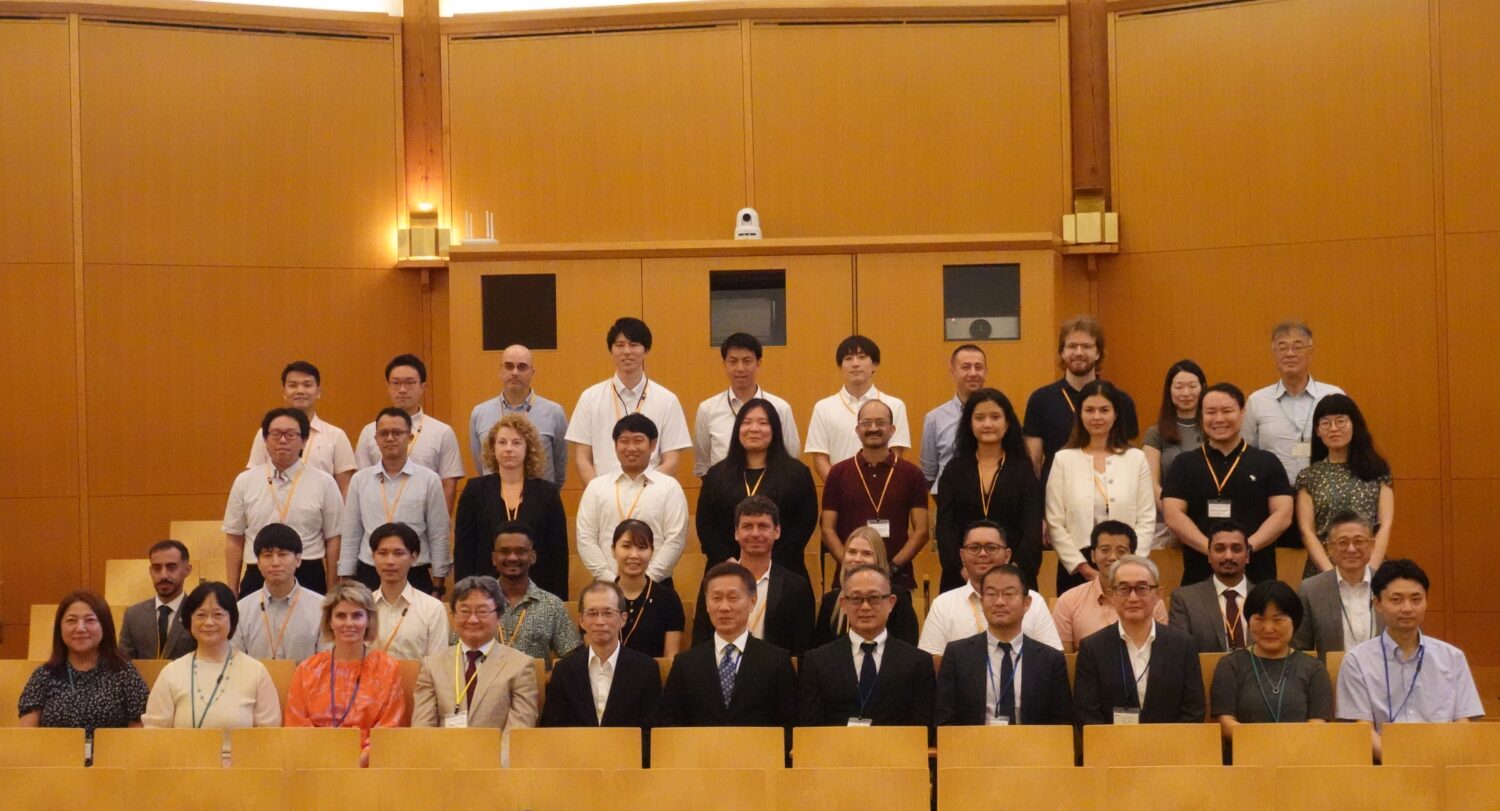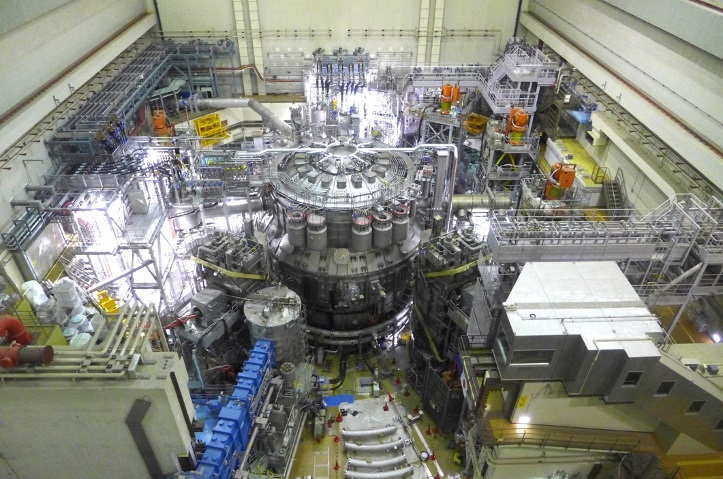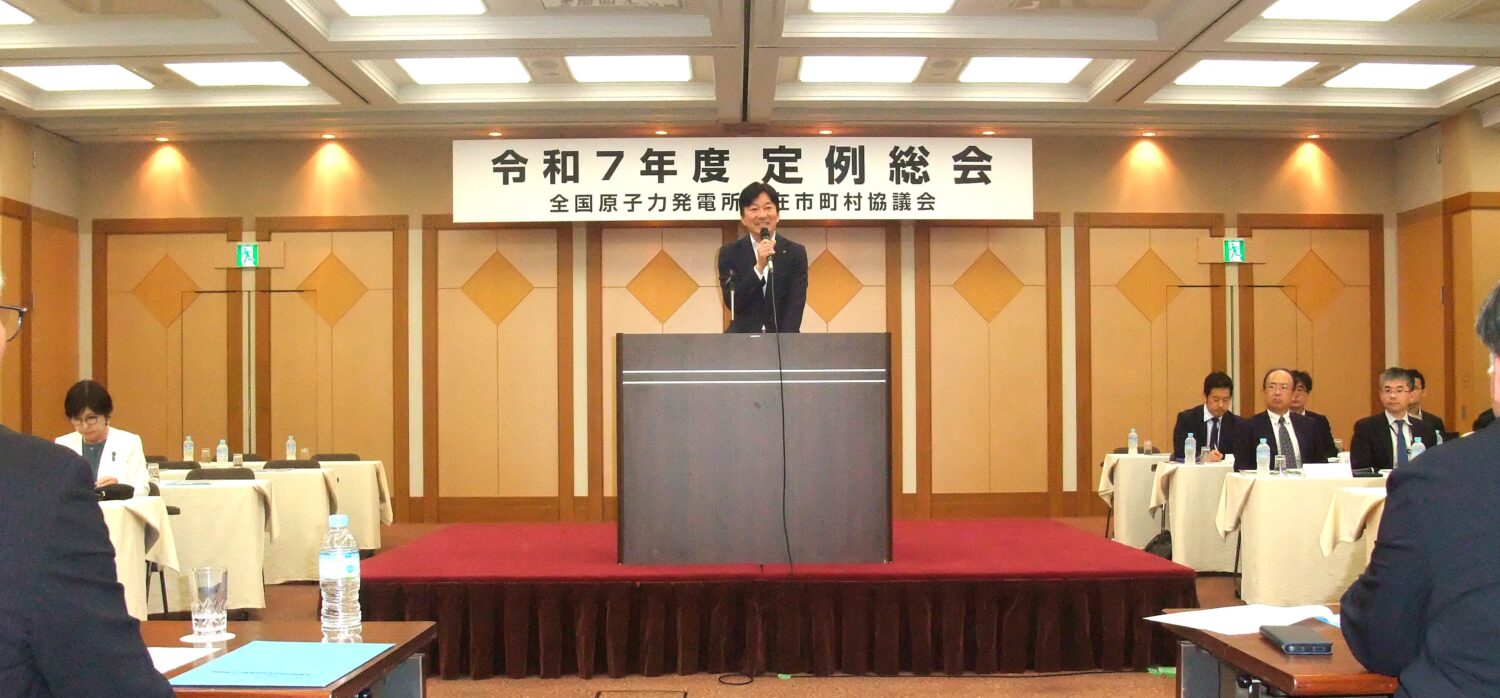With regulatory standards having been strengthened in the wake of the 3.11 earthquake, NPPs for which procedures to obtain local agreements have been completed are Sendai-1 and -2 (Kagoshima Prefecture), owned and operated by the Kyushu Electric Power Co.; Ikata-3 (Ehime Prefecture), owned and operated by the Shikoku Electric Power Co.; and Takahama-3 and -4 (Fukui Prefecture), owned and operated by the Kansai Electric Power Co.
Said Governor Yamaguchi: “In this situation, where the positioning of a governor’s expression of agreement and intentions is not clear, it was quite a difficult decision to make. After deliberation, however, I considered it inevitable to restart the reactors in current circumstances” – conveying agreement to restarting the reactors on behalf of the prefecture. The governor noted issues of supply instability and others for renewable energies, which are expected to replace nuclear power in the future, and confirmation of the utility’s attitude in tackling safety improvements, among the reasons for his agreement.
In contrast, in municipalities within a 30-kilometer radius of the Genkai NPPs, which are required to issue their own nuclear emergency preparedness plans, opinions are split, and those municipalities have suggested that the national government clarify the range of municipalities that must be asked to give their agreement, something that is not legally required at present.
Within the 30-kilometer preparedness-plan radius, of the eight cities and towns spread among Saga, Nagasaki and Fukuoka prefectures, four city mayors are against restarts and two city and two town mayors have expressed their agreement, or agreement with conditions.
When power companies restart NPPs, there is no legal obligation to obtain local consent, but the Kyushu Electric Power has endeavored to get the agreement of Genkai Town, hosting the Genkai NPPs, and from Saga Prefecture, in light of circumstances from the time when the NPPs were constructed. Meanwhile, after the accident at Fukushima Daiichi, the requirement for local municipal issuance of plans for nuclear emergency preparedness was expanded substantially, from a 10-kilometer radius to 30 kilometers, resulting in more municipalities being directly involved. Across the country, many of those municipalities are raising their voices to the effect that the area for giving consent should be expanded, too.











.jpg)






-013.jpg)
